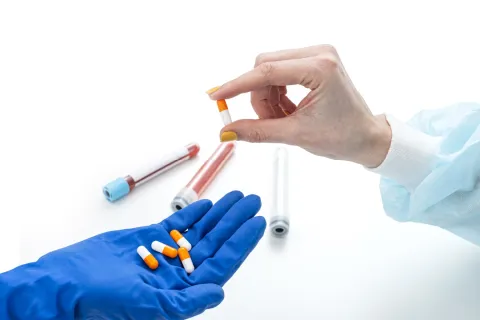Regional Labeling Rest of the World (RoW) - Overview
To enable clients to achieve 100% labeling compliance in the Rest of the World (ROW) markets, Freyr leverages expertise in regional Regulatory template requirements and performs a comprehensive revision of the existing local product documents to create high-quality multilingual regional labels. Freyr has proven expertise in Regulatory labeling in the Rest of the World (ROW) markets. We create multiple label comparison documents and assessment summaries and efficiently steer the selection of Reference Safety Information (RSI) for the standardization of Pharmacovigilance (PV) activities.
Freyr’s Rest of the World (ROW) Regulatory labeling experts perform a visual check of translated regional labels to ensure correctness as part of the Quality Control (QC) exercise. We also help companies in the harmonization of safety information, creating reduced PI (Mexico), and labeling hard-track changes for variations (South Africa), while assisting in Regulatory labeling activities for Market Authorization Holder (MAH) transfers.
Regional Labeling Rest of the World (ROW)
- Developing high-quality labeling content for local markets
- Meeting template and formatting requirements for regional labels
- Creation of label comparison table for Regulatory submissions
- Identification of Reference Safety Information (RSI) for standardization of PV activities
- Creation of local label update process (including SOPs and Work Instructions)
- Harmonization of safety information
- Visual QC of translated regional labels
- Creation of concise PI (Mexico)
- Label creation with hard-track changes for variations (South Africa)
- Labeling activities for MAH transfers
- Regional Prescribing Information (RPI) preparation.
- RPI variation management

- Develop high-quality labeling content
- Expertise in regional Regulatory templates
- Create efficient label comparison documentation
- Streamline local label update processes
- Harmonize safety information
- Provide visual quality control for translated labels
- Offer comprehensive support for MAH transfers
- Proven expertise in Regulatory labeling Rest of the World (ROW) region








